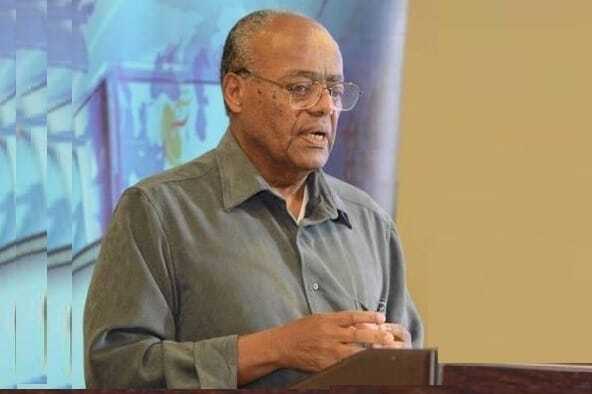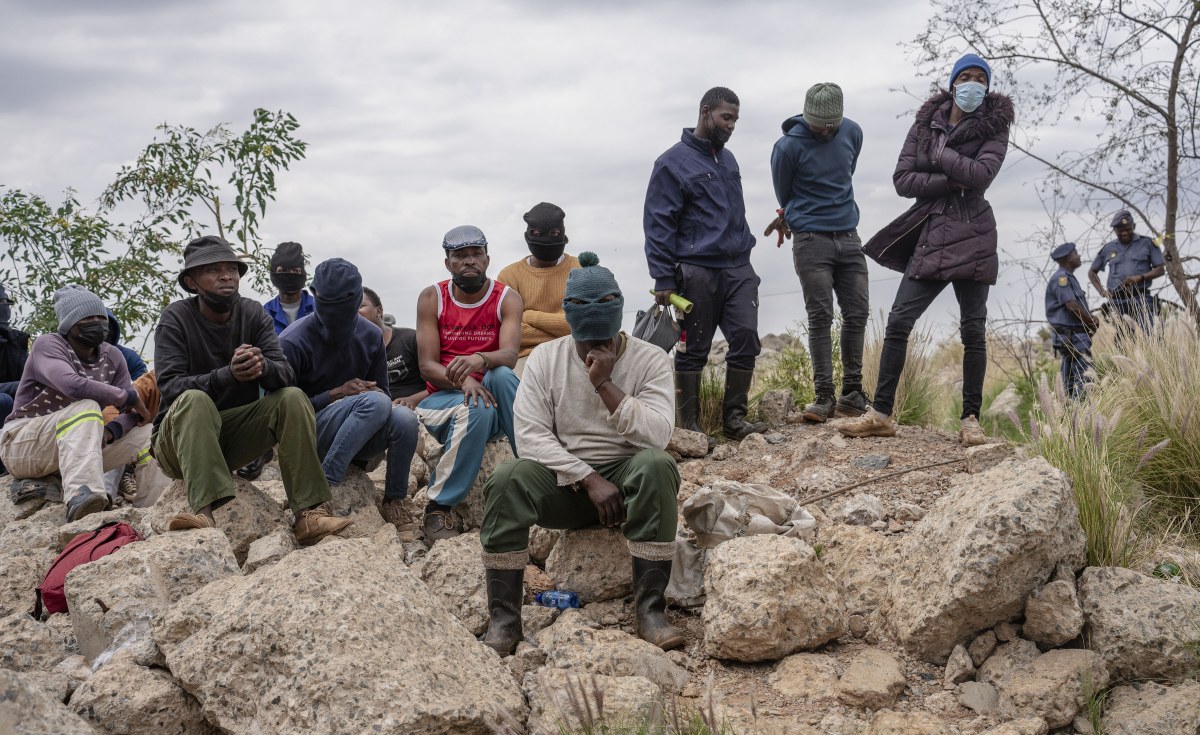In Somalia, we are climate-vulnerable, yet we barely contribute to climate emissions. If we are to cope, we need justice in the form of financing.
We’ve seen droughts, but never six consecutive failed rainy seasons. We’ve known displacement, but never 3 million internally displaced people. We were at the brink of famine in October last year, we narrowly averted it, and we’re facing similar conditions today, with 8.3 million people needing urgent assistance.
At the launch of the humanitarian response plan in Mogadishu in February, UN agencies appealed for $2.6bn (£2.12bn). The UN humanitarian coordinator Adam Abdelmoula said that a “great number of Somali people have been pushed into reliance on humanitarian assistance”.
Humanitarian assistance is not the solution. It can only be a stopgap measure when crises occur. Some $8bn has been spent in humanitarian funding since the famine in 2011, and we are still facing similar crises every other year.
Where is the failure? Is it the government? Or the aid delivery agencies? It is time to truly and transparently be accountable. Dependence on food delivered as aid is a brutal cycle. Humanitarian agencies aren’t helping in breaking that cycle.
If we had spent a share of that $8bn, even a third of it, in resilience schemes – projects such as water reservoirs and irrigation, fodder, alternative clean energy such as solar – I believe we would have mitigated the effects of devastating climate crisis on our communities.
Once funds are earmarked for humanitarian needs, they are locked out from any other use, even when the use is connected to the crisis. That is why there has to be a serious paradigm shift in how we spend the aid that we receive.
April should be a happy month, it is the season of long rains in the Horn of Africa. In recent times though, we dread the arrival of April. Instead of rains, it’s all dust and scorching heat.
If we averted famine in October last year – when the rains failed for the fifth year – it is only for it to be knocking on our doors, once again. I am worried for sick and elderly drought-stricken people.
When I visited Adado, in the central regions, I saw Mama Dahabo, an octogenarian displaced from Dumaye, a village 250km from the camp where she sought refuge. She had been displaced by the double adversities of drought and attacks from terrorist groups. I called on the international aid agencies to respond with lifesaving aid, immediately.
In other camps and makeshift hospitals, I found acutely malnourished children and weak breastfeeding mothers. I saw children on the verge of death. An alarming 500,000 children are at risk of starvation, and many are already perishing.
This is the worst drought situation to hit us in 40 years. Six failed rains have weakened our rural communities and depleted what little people had saved. Forecasts predict sustained dry conditions to continue throughout 2023.
It is disturbing that the elderly bear the brunt of this long drought. I promised Mohamud Hayle, a 90-year-old visually impaired man whom I met in a camp, that I would advocate for the plight of elderly people. I would share his story, and a moral world would respond with swift action. Sadly, adequate response has not been forthcoming.
after newsletter promotion
Hayle ran away from conflicts and hunger that affected his village. He is now confined in a makeshift tent. We may have failed him, and the hundreds of thousands of children. There hasn’t been decisive international action.
The tragedy in Somalia is that our people are suffering from the impact of an unforgiving climate when we contribute hardly anything to the emissions that cause the climate crisis. The stories of Dahabo and Hayle are a stark reminder of the urgent need to address the root cause of the crisis in Somalia: climate breakdown.
Those responsible are not even aware that their actions are making conditions dire for rural nomads in Somalia. There is an acute of shortage of water; the Shabelle River has dried up.
We are forced to deal with the vagaries of the weather every year. Climate-vulnerable countries like ours need justice in the form of financing to enable a green transition that allows our communities to adapt to this climate reality.
That way, our elderly won’t be displaced amid the scorching heat, and our children would go to school instead of being in camps, reliant on humanitarian response packages of high-calorie foods.
I urge international donors to respond to the calls for $2.6bn in humanitarian aid, but also ask for a proper plan from the implementing agencies. If we had planned better with the $8bn spent since the famine of 2011, we could have averted many other emergencies since. Accountability is as necessary as the urgency to respond to this crisis.










